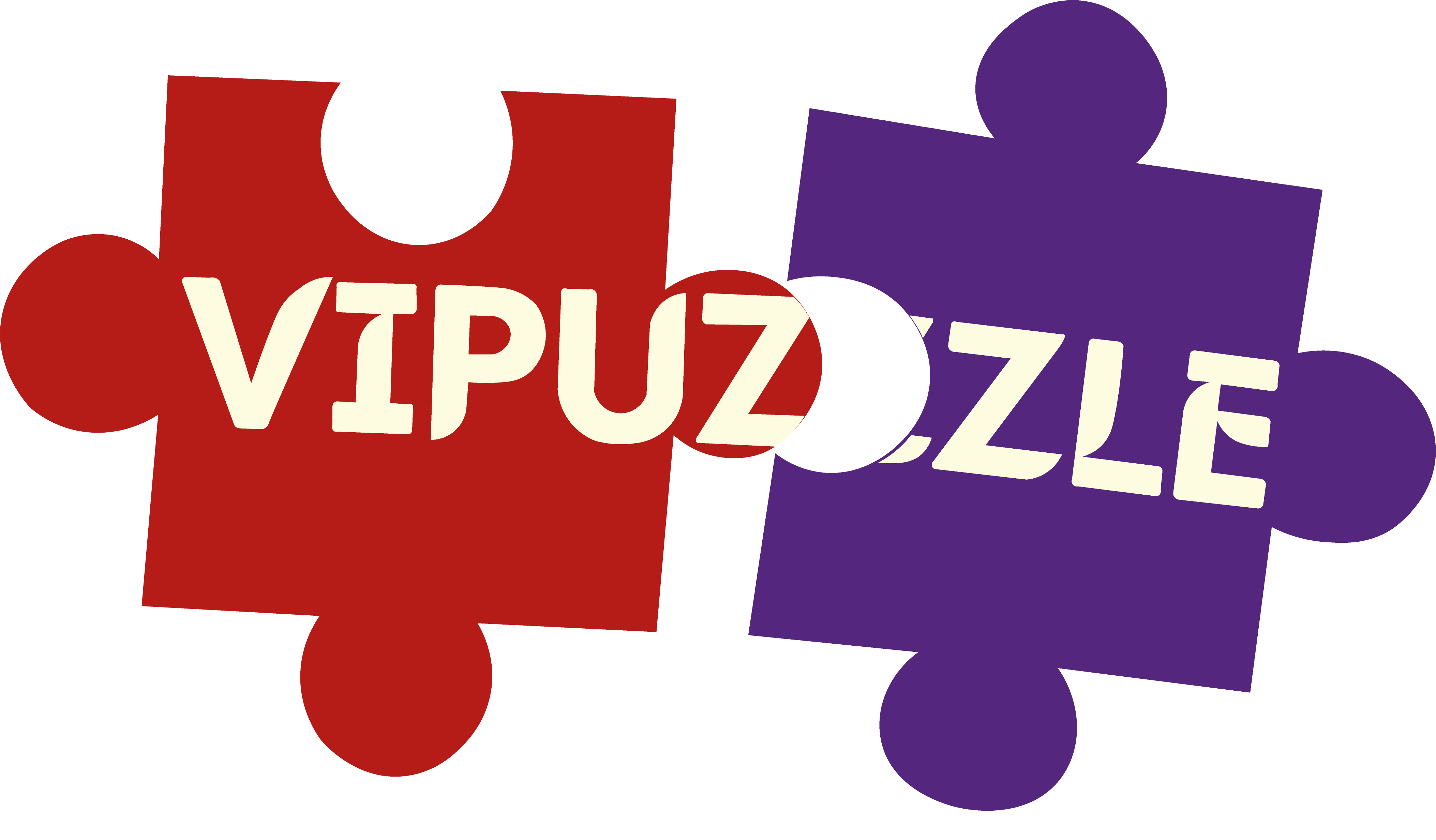The Science
Google’s algorithms are designed to identify and penalise websites that publish duplicate content, as they believe this content offers their users little to no value. This can result in lower rankings for your website, leading to a decrease in traffic and, ultimately, a decrease in revenue. However, it’s worth noting that not all instances of duplicate content are created equal. In some cases, Google may recognise that the duplicate content is intentional and not meant to deceive users. For example, if you have a website that offers multiple versions of the same page in different languages, Google may not penalise you for duplicate content.Similarly, if you’re republishing content you initially created on another website, Google may recognise this and not penalise you. Ultimately, the key takeaway is that publishing duplicate content can negatively affect your website’s search engine rankings. Therefore, creating unique, high-quality content that provides value to your users is essential. This will not only help you avoid Google’s duplicate content policy, but it will also help you build a robust online presence and drive more traffic to your website.

